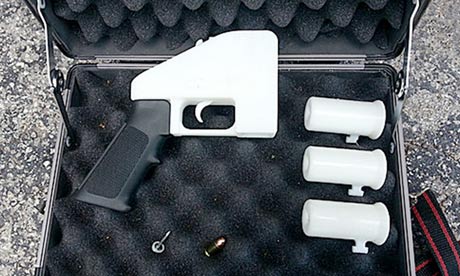Re: Hey man, love your gun - can you print me a copy?
Unless you can print out bullets - not really sure what the benefit of this publicity stunt is.
And if you're just setting off a bullet, you can do that without spending thousands of dollars for device + feedstock:

Unless you can print out bullets - not really sure what the benefit of this publicity stunt is.
And if you're just setting off a bullet, you can do that without spending thousands of dollars for device + feedstock:


Comment